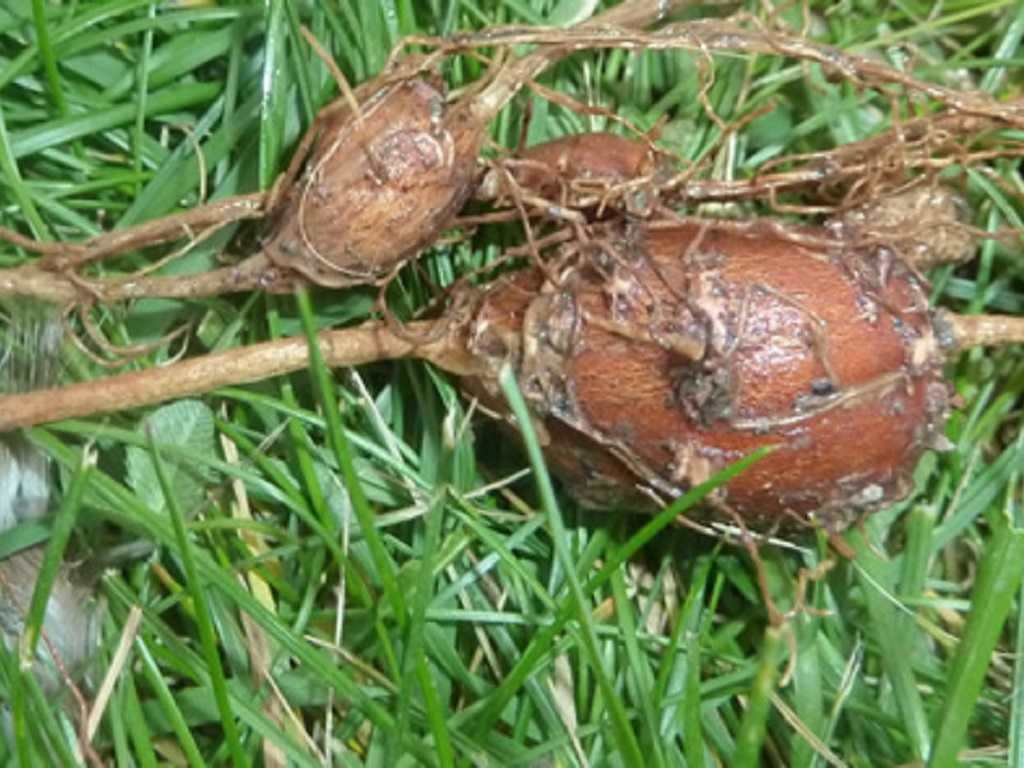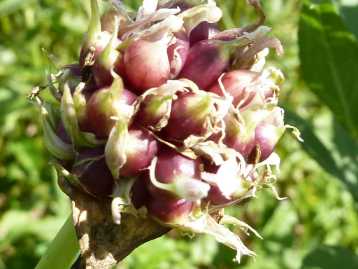The Cult of Efficiency
Do you ever wonder why you eat what you eat? A big part of why we eat certain foods is because they are efficient to produce. We are breed to the efficient, those foods that give us the highest yields in the shortest amount of time, with the least amount of energy and money. In fact our governments compel us to the efficient through the handing out of subsidies. The result; mountains of processed foods that are essentially creative variations of corn, wheat, soy, rice, potatoes and sugar. According to Plants for a Future “There are over 20,000 species of edible plants in the world yet fewer than 20 species now provide 90% of our food.” In diversity there is beauty and strength, but in merging uniformity there lies a growing danger.
"Agriculture is one of humankind's most troublesome experiments, and it is now hopelessly in debt. It has borrowed soil, water, and energy that it can never repay, and never intended to repay - burning up tomorrow to feed today."
One plant among these 20,000 is the Apios Nut, a little known perennial vine that goes by many names like Hopniss, Potato Bean, Indian Potato, and the American Groundnut. It has a long history of use with the Native Americans, and has a small but growing group of modern admirers. And it should be admired, for this plant is not only beautiful, with some of the most unique and beautiful flowers we’ve ever seen, but it also produces a string of tubers that are very nutritious and delicious.
"The assumption of scarcity is at the very root of economics, in which exchange happens when one person has a "need" or a "want" that is difficult or impossible to fulfill oneself, but that another person can fulfill more easily. Hunter-gatherers had virtually no such needs, and subsistence farmers have very few. We can see economic growth, then, as reflecting an escalation of neediness, an intensification of the state of being in want. Today, inundated in an unprecedented deluge of material conveniences and luxuries, we are nonetheless desperately in want. Think of that phrase, to be in want. I want, I want, I want. To be constantly in want is the very definition of poverty, no matter how large one's house or bank account. By that measure, ours is perhaps the poorest society the world has ever known."
A note of caution though is in order as there are rumblings that these tubers have caused some allergic reactions. We have never experienced these reactions, and cannot speak to the truth in them, but when trying new and diverse things, take small step. Little by little one goes a long way.
"Cancer is not aware its activity is self destructive because it is trapped in a little picture with no vision into the larger reality."

